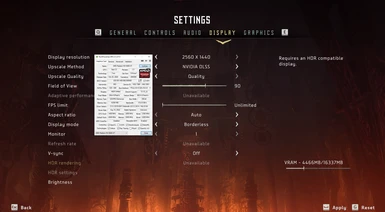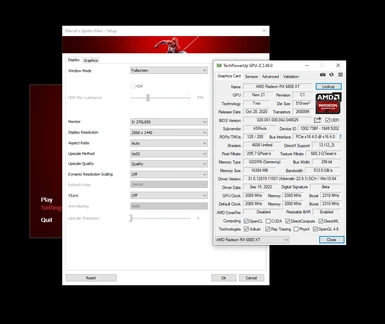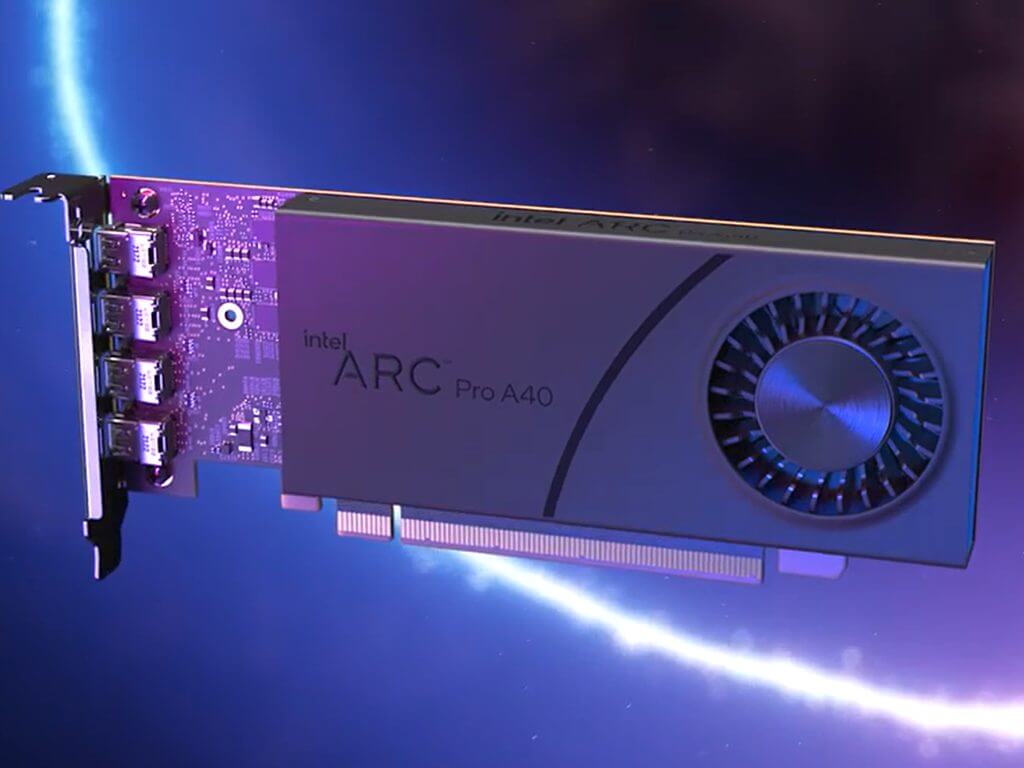for VRR it's true (an Adaptive Sync option should appear), as for XeSS, in my experience, it's not. You enable it in game.According to some comments on the video, XeSS and VRR are controlled outside of the game in the Intel control panel application.
I don't know if that's true...
Btw, I tested CoD Modern Warfare 2 and unlike the guy in the video, XeSS is working fine for me. 59fps avg. with XeSS Performance, 57fps average with XeSS Balanced, 52 fps avg. XeSS Quality and 47 fps avg. from XeSS Ultra Quality.














